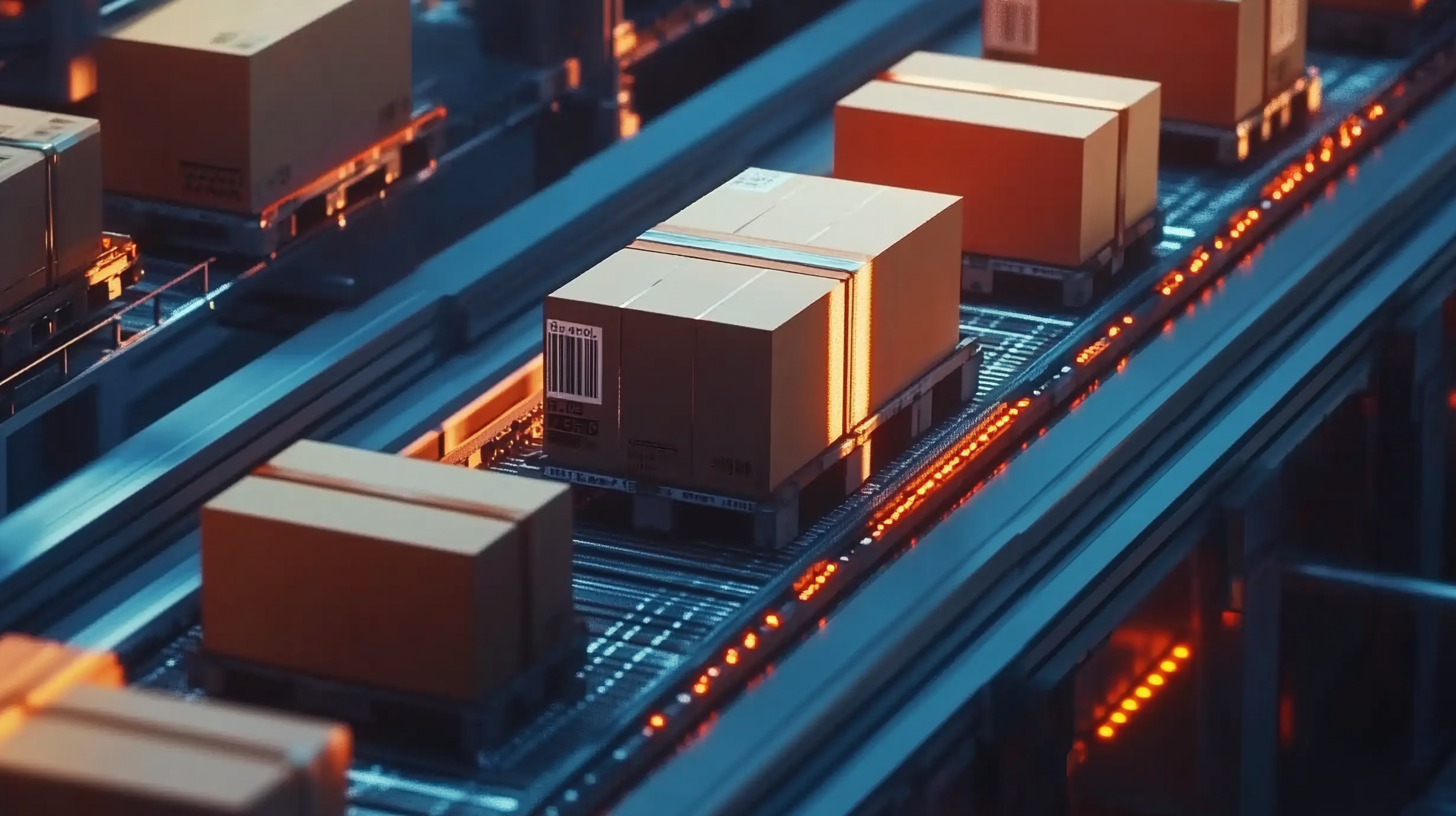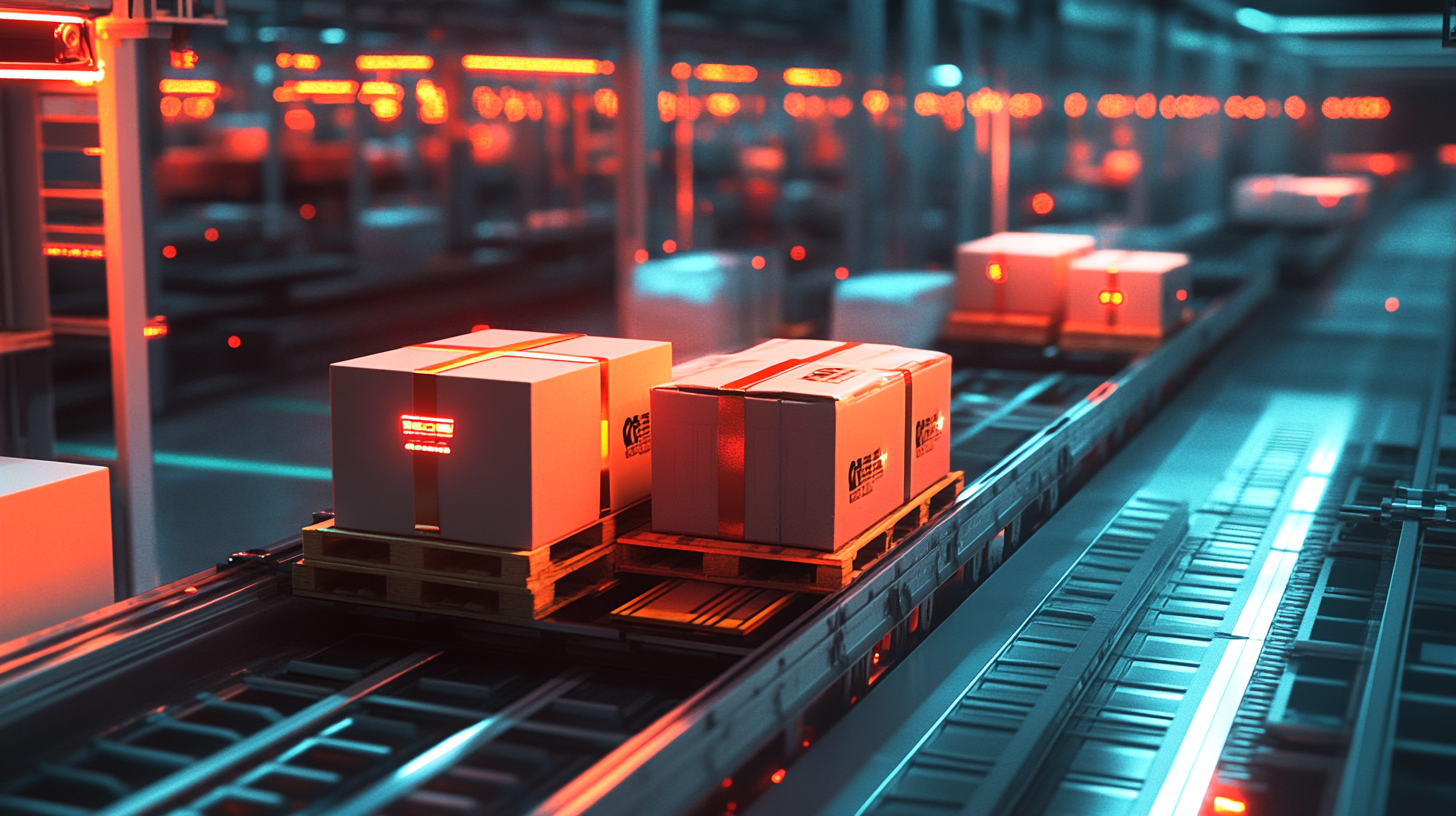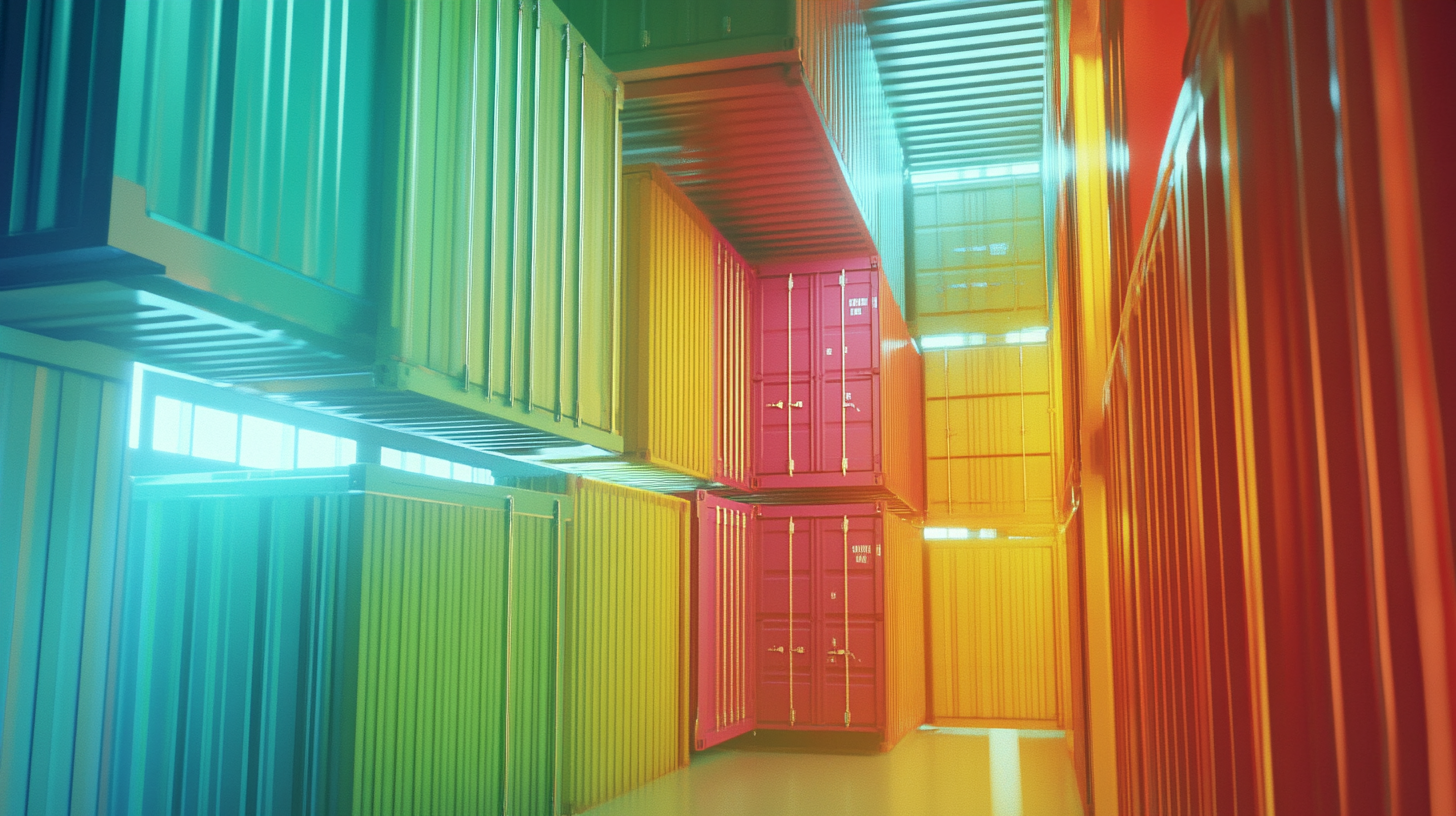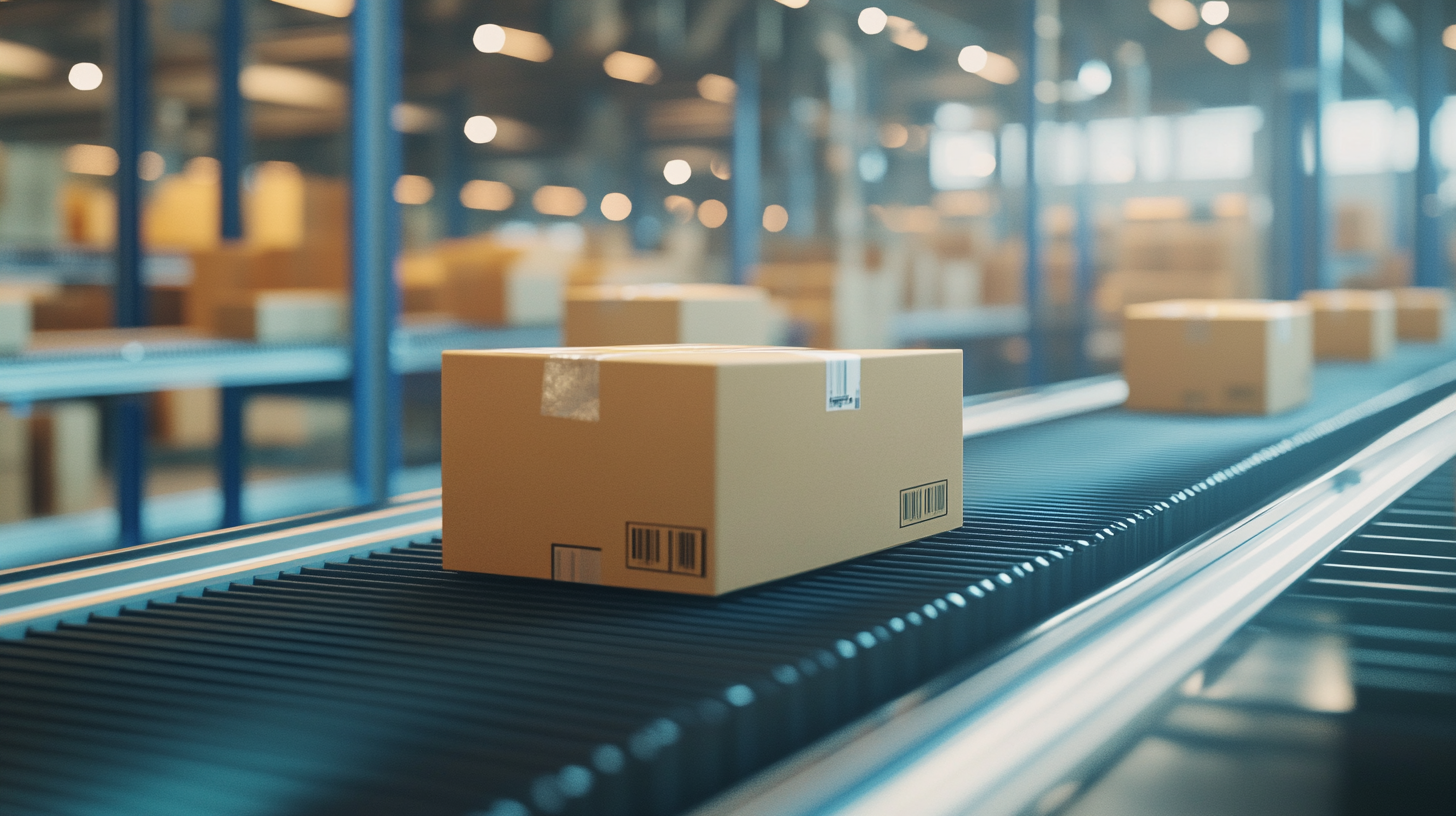A-B-C Blog
How to Optimize Container Packaging for Maximum Efficiency and Cost Savings
In today's rapidly evolving market, businesses are continuously seeking innovative ways to enhance their operations and reduce expenses. One significant area that has garnered attention is Container Packaging, which plays a pivotal role in the supply chain and overall product distribution. According to a recent report by Smithers Pira, the global market for container packaging is expected to reach $500 billion by 2024, highlighting the importance of optimizing packaging solutions. Efficient container packaging not only minimizes shipping costs but also reduces waste, thereby contributing to sustainability efforts.
Moreover, research conducted by the Packaging Association indicates that effective container packaging can yield up to a 20% reduction in costs associated with logistics and warehousing. As companies face pressure to increase efficiency while maintaining product integrity, the focus on container packaging optimization has become more pronounced. This blog will explore various strategies to enhance container packaging, ensuring it aligns with both economic goals and environmental responsibilities, ultimately leading to maximum efficiency and substantial cost savings for businesses.

Identifying Key Factors for Efficient Container Design
Efficient container design is crucial in optimizing packaging for both operational efficiency and cost savings. To achieve this, several key factors need to be considered. First and foremost is the material selection; using lightweight yet durable materials can significantly reduce shipping costs while maintaining strength. This balance allows for a higher volume of goods to be transported while minimizing the overall environmental impact due to reduced fuel consumption. Another essential factor is the design and layout of the containers. Incorporating modular designs can enhance space utilization, enabling containers to be stacked and arranged more efficiently. This not only maximizes the amount of product that can be shipped but also streamlines the handling and distribution processes. Furthermore, standardizing container sizes can lead to savings in transportation costs, as they can be easily accommodated in shipping vessels and freight systems. Additionally, it's important to integrate technology into container packaging. Smart containers equipped with IoT sensors can provide real-time data on temperature, humidity, and other conditions, ensuring the integrity of goods during transit. This also allows for better inventory management and can lead to decreased wastage, maximizing overall efficiency. By focusing on these critical factors, businesses can optimize their container packaging, reaping significant cost savings while meeting the demands of a growing market.

Understanding Material Selection for Cost-Effective Packaging
When it comes to optimizing container packaging, material selection plays a pivotal role in achieving cost-effective solutions. The right materials not only enhance the protection of products during transit but also contribute significantly to the overall cost savings. For instance, lightweight materials such as corrugated plastic or biodegradable polymers can reduce shipping costs by minimizing package weight, while maintaining structural integrity. Understanding the specific requirements of the product being packaged is crucial in selecting the appropriate material, balancing durability with cost.
Additionally, sustainable material options are gaining traction in packaging due to increasing environmental awareness among consumers. Using recyclable or compostable materials can lead to long-term savings, as companies may benefit from reduced waste disposal costs and potential tax incentives for sustainable practices. Furthermore, choosing materials that can be sourced locally can mitigate transportation costs, making the supply chain more efficient.
Innovative packaging designs can also influence material selection, allowing for streamlined production processes. For example, using modular packaging solutions can minimize waste by optimizing the use of material while maximizing space efficiency. This not only helps in cutting costs but also in aligning with corporate sustainability goals. By carefully considering material selection and packaging design, businesses can enhance their profitability while ensuring their products are delivered safely and efficiently.

Implementing Advanced Technology in Packaging Processes
Advancements in packaging technology have revolutionized the way businesses approach container packaging, focusing on maximizing efficiency and cost savings. Implementing innovative solutions such as smart packaging with built-in NFC (Near Field Communication) technology has become a game changer. These intelligent packages enhance product security, maintain a high-quality aesthetic, and simplify production processes, making them essential in today’s competitive market.
The vacuum packaging sector, particularly, is seeing a surge in growth, driven by increased demand for flexible and secure packaging solutions. With diverse materials like polyethylene, polypropylene, and paperboard being utilized, companies can optimize their packaging strategies to cater to various product types, including films, bags, and trays. The integration of advanced technology not only improves operational efficiency but also reduces costs associated with packaging waste and inefficiencies.
Furthermore, as industries increasingly shift towards automated processes, the role of software in logistics and supply chain management cannot be overlooked. The expected rise in the global freight software market highlights the importance of incorporating smart systems to streamline handling and distribution. This alignment of technology and packaging processes positions businesses to capitalize on emerging trends while meeting consumer demands for safety and sustainability.

Streamlining the Supply Chain for Improved Container Utilization
In today's fast-paced logistics environment, streamlining the supply chain is crucial for enhancing container utilization and achieving cost savings. A well-optimized supply chain can significantly reduce unnecessary expenses, prolong the lifespan of packaging materials, and ensure that resources are allocated efficiently. Companies can start by assessing their current logistics processes, identifying bottlenecks, and implementing best practices in container management.
One method to improve container utilization is by accurately forecasting demand. By analyzing historical sales data, businesses can adjust their packaging sizes and quantities in advance, which minimizes wasted space during transportation. Another strategy is adopting a modular packaging design, allowing for flexibility in load configurations. This approach ensures that every available inch of container space is utilized, ultimately maximizing shipping efficiency.
Collaboration with suppliers and logistics partners can also play a pivotal role in streamlining the supply chain. By establishing clear communication channels, companies can work together to optimize loading patterns and delivery schedules. This not only reduces delays but also enhances overall effectiveness in managing container flows, leading to lower operational costs. When every participant in the supply chain aligns their efforts towards maximizing container utilization, businesses can enjoy substantial economic benefits while also contributing to sustainability efforts by minimizing waste.
Measuring and Analyzing Performance Metrics for Continuous Improvement
In the pursuit of maximizing efficiency and cost savings in container packaging, the importance of measuring and analyzing performance metrics cannot be overstated. A comprehensive metrics framework provides insights into every stage of the packaging process, enabling organizations to identify bottlenecks and areas for improvement. By employing tools such as runtime analysis and waste tracking, companies can gauge how their packaging operations align with industry standards and uncover actionable adjustments.
Continuous improvement is essential for maintaining a competitive edge. Utilizing methodologies like Lean and Six Sigma can help organizations refine their packaging practices. For instance, Lean focuses on eliminating waste and streamlining workflows, while Six Sigma emphasizes reducing variability and enhancing quality. By integrating these approaches, businesses can create a culture of ongoing optimization that not only improves operational efficiency but also fosters employee engagement.
Additionally, setting up a balanced scorecard can help organizations measure their performance across multiple dimensions, such as financial, customer, internal processes, and learning and growth perspectives. This holistic view allows for a more strategic assessment of how packaging impacts overall business objectives. As organizations collect and analyze relevant data, they can continuously adapt their strategies to meet changing market demands and enhance their overall effectiveness in container packaging.







